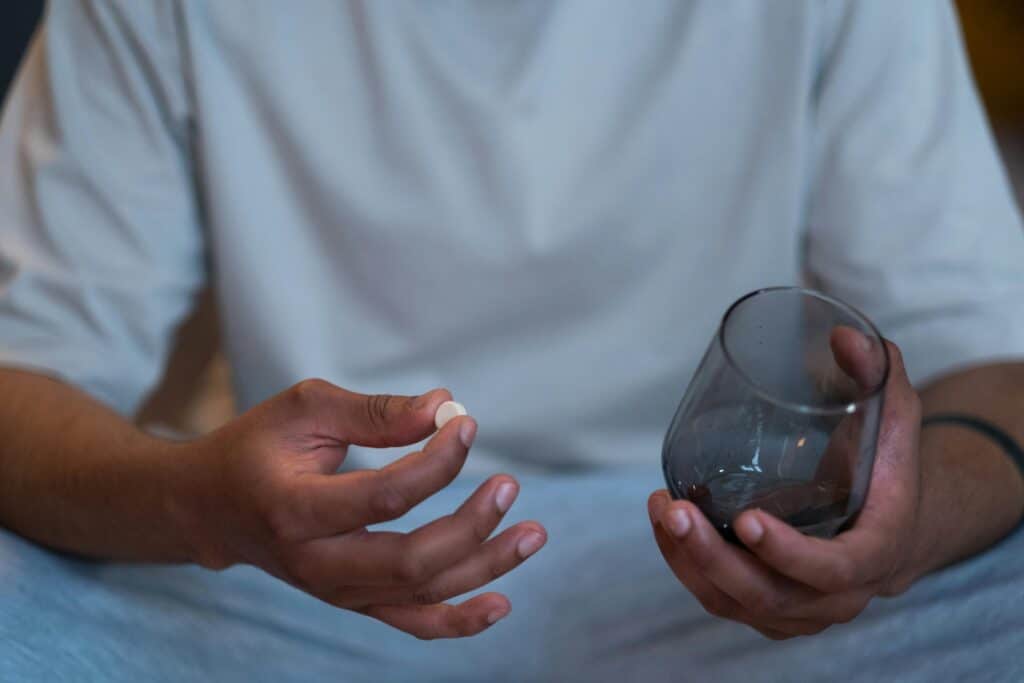


Learn how this life-saving medication can work for you
Suboxone has become the leading medicine for opioid addiction treatment. This medication is only available through an experienced Suboxone doctor for opioid addiction. The timing of when to take Suboxone and whether the medication is the best option for you will depend on specific details. Here are some general guidelines to follow when prescribed this life-changing medicine and things to consider if you’re interested in enrolling in medication-assisted treatment (MAT).
Although Suboxone has been an incredible medication in helping people with opioid use disorder, it still comes with side effects that you should know about.
If you’re struggling with opioid misuse, especially if you’ve attempted to stop on your own or with the use of other medications such as methadone, Suboxone may be right for you. Speaking with a medical provider who specializes in addiction is the best first step to take to learn more.
Because this is a take-home medication, there won’t be daily visits to a treatment center. Suboxone works best for people who are committed to treating their opioid use disorder and feel self-motivated to stay on track. Some patients prefer the routine of daily visits to help keep them on track, however. So, gauging your ability to self-dispense medication will be something to consider.
If you’ve had a turbulent recovery path that involves chronic relapse, Suboxone can help. Suboxone can be a great option for patients who can’t make it in for daily visits. We also offer other treatments such as Vivitrol for alcohol addiction among other treatments. Your medical provider will go over the best treatment options with you.
As with all MAT medications, they are most effective when taken as directed, along with routine substance use counseling. Medication alone is not enough to ensure long-term recovery. Outpatient MAT programs allow for access to individual and group counseling sessions to keep all enrolled patients on track with their recovery goals.

Upon enrolling into a MAT program, your medical provider will inform you that your first dose must be taken while in a state of withdrawal. Although withdrawal symptoms can be highly uncomfortable, it’s imperative for the proper dosing of the medication.
Finding the right dose of Suboxone for opioid addiction treatment can sometimes take more than one try. Patients are encouraged to stick through the adjustment period in order to attain the right amount. Once the proper dose is reached, your medical provider will provide you with a script for the medication that can be filled at your choice of pharmacy.
After filling the medication, regular check-ins with your medical provider are required to obtain more of the medicine. This will also allow the physician to check on your overall health and well-being. At first, these will be weekly until the provider and patient are sure the dosage is correct. Over time, the span between check-ins may become longer, about once a month.
Most patients take their Suboxone treatment in the morning, which offers them protection from withdrawal symptoms throughout the day. However, there may be situations where Suboxone is not recommended for treatment. In this case, your medical provider will provide you with other options that might be better suited for you.
Some people feel groggy after taking their medication, even when taken in lower doses. In these cases, patients are encouraged to take their dose at nighttime or when they are prepared to sleep.
Most patients take Suboxone once a day, but some require more doses over the span of 24 hours. The time of dosing will depend on your daily routine, work hours and doses per day. Your medical provider will have the best advice on when to take your medication, depending on your specific lifestyle.
This medication is to be dissolved in the mouth for the best effects. Suboxone has proven to be a life-changing medication for those with opioid use disorder. Many have reached their recovery goals with this medication and continue to improve their lives and health. To learn more about how to enroll in medication-assisted treatment with Middlesex Recovery, message or call the most convenient location today. There’s no better time than now to get on the road to long-lasting recovery.

If opioid addiction is impacting your life or the life of someone you care about, reach out to our treatment center. We are here to provide the support and care you need to take the first step toward recovery.
Call 781.303.9936